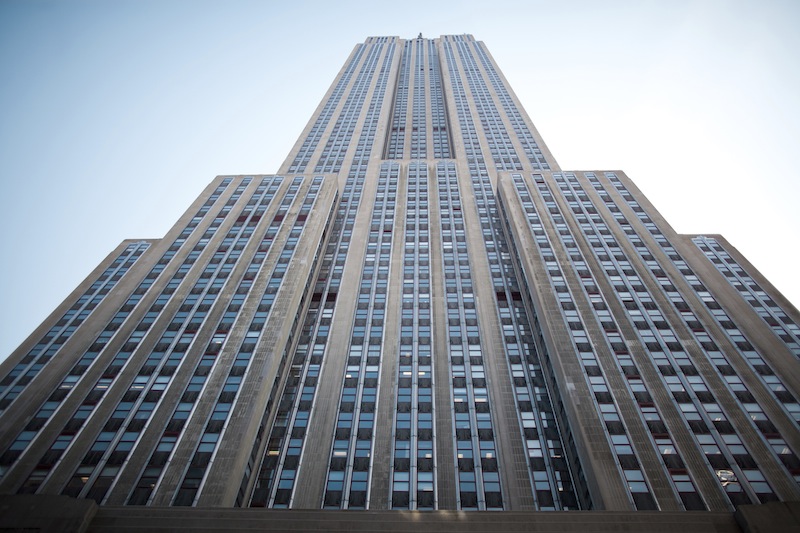Light Makes It Beautiful
Jayne English
I stood on the sidewalk in front of the Empire State Building. It was evening and traffic was light. My friends and I, high school seniors, were heading into the Riverboat Room to hear jazz great, Maynard Ferguson. They opened the doors, and I stopped a minute to feel the presence of the 102-story building. I knew I’d remember this night, but I didn’t know I’d soon walk away from cultural offerings like this.
Nothing weird happened, I turned away from the culture because I took a traditional step - I became a Christian during my first semester of college. I don’t think anyone told me not to listen to Ferguson anymore, I think I assumed that being a Christian meant pursuing only those genres with the Christian label. What happened as I withdrew? I lost the language of people around me. I had no idea what was going on in the world of poetry, fiction, film, and TV. In time, I learned that sanctification does not equal separation, and gladly broadened my scope again.
Sometimes it’s still a stretch to understand the culture’s language. In 1987, when artist Andres Serrano showed his work, “Piss Christ,” it started a firestorm of controversy. (The photograph is of a crucifix in a glass of urine.) Many immediately labeled it as blasphemous. Serrano, who considers himself a Christian, did not intend the image to be controversial. I didn’t know what to make of it. What was Serrano trying to say? Thirteen years after “Piss Christ” was first shown, poet Andrew Hudgins published a poem by the same title in Slate. Hudgins proved to be an apt translator of culture. He found the photograph to be “gorgeous,” and “theologically correct.” Hudgins’s poem says:
“and he ascended bodily unto heaven, and on the third day he rose into glory, which is what we see here, the Piss Christ in glowing blood: the whole irreducible point of the faith, God thrown in human waste, submerged and shining.”
Translators reopened the doors to culture for me. They helped me see that “dwelling in the land” is largely about the importance of creating art and having conversations with our neighbor about art. If we’re not connecting with them at a point that interests, confuses, angers them, how will we help them see God’s dominion in all things? Another line in Hudgins’s poem is, “and light, as always, light makes it beautiful.”
